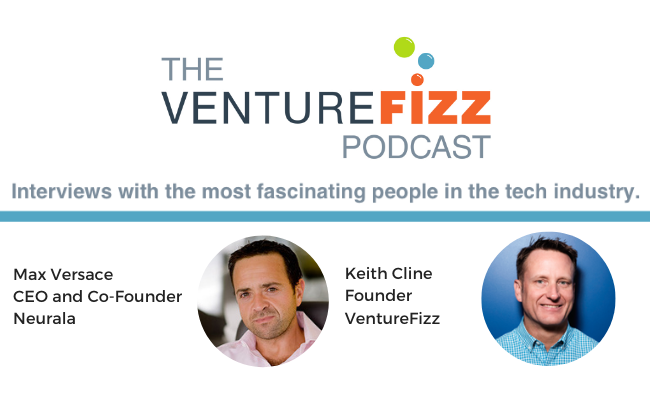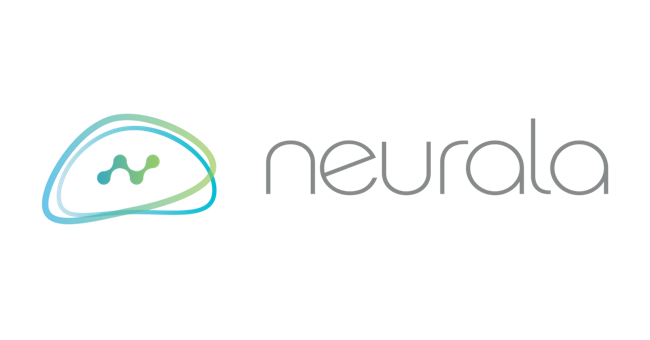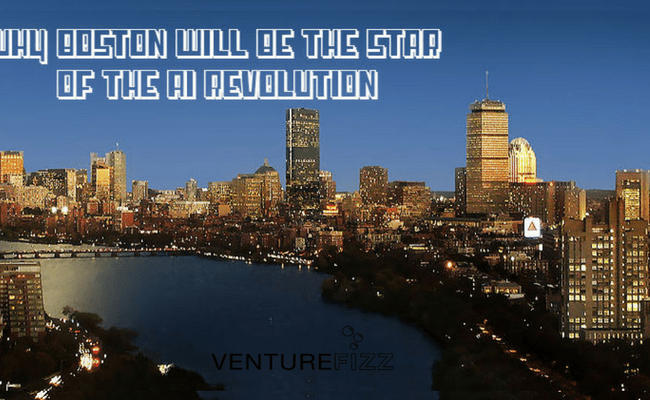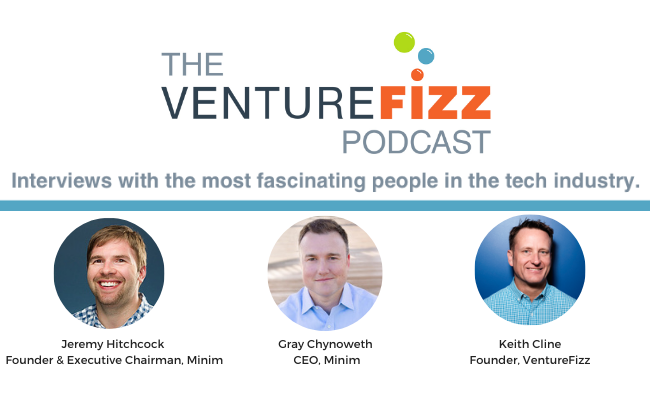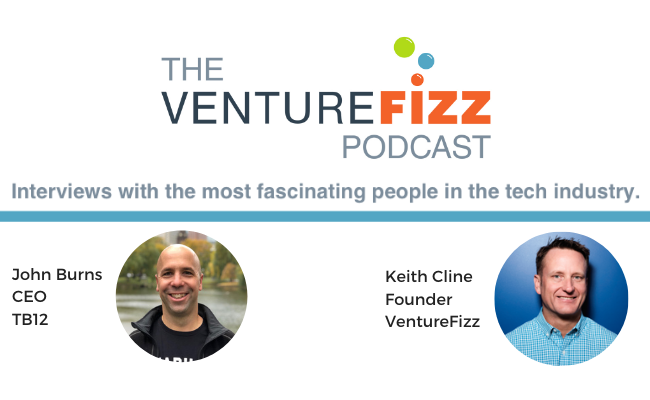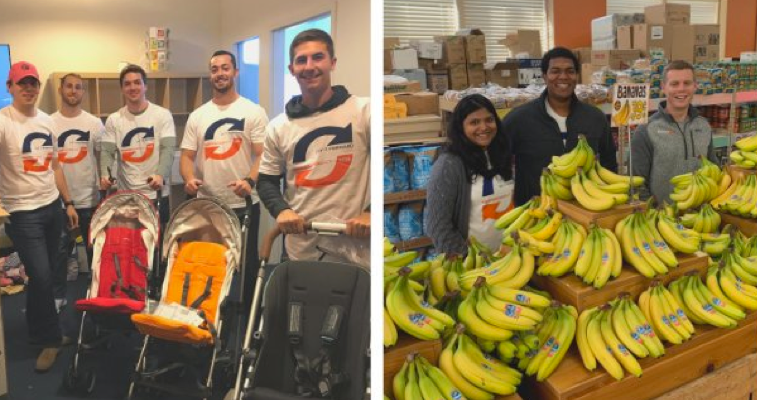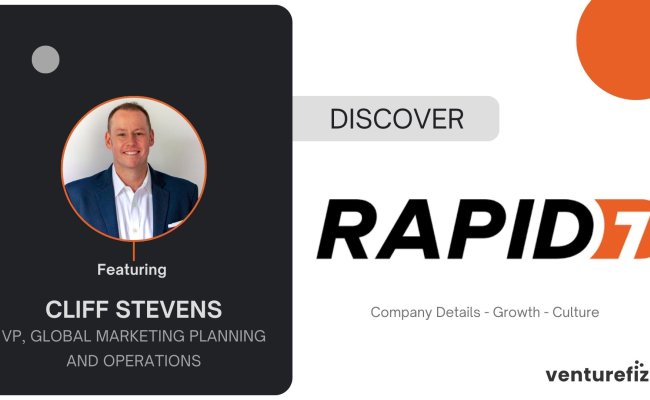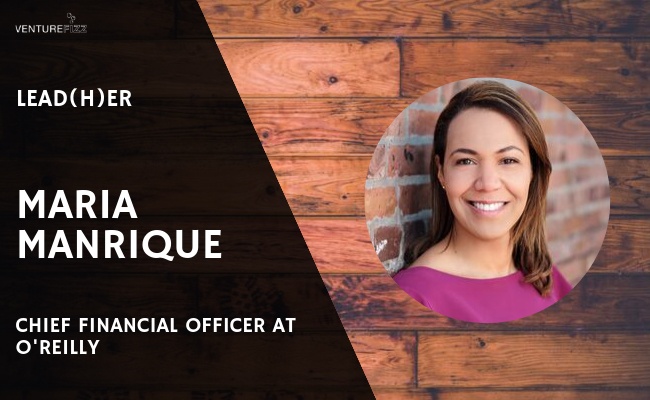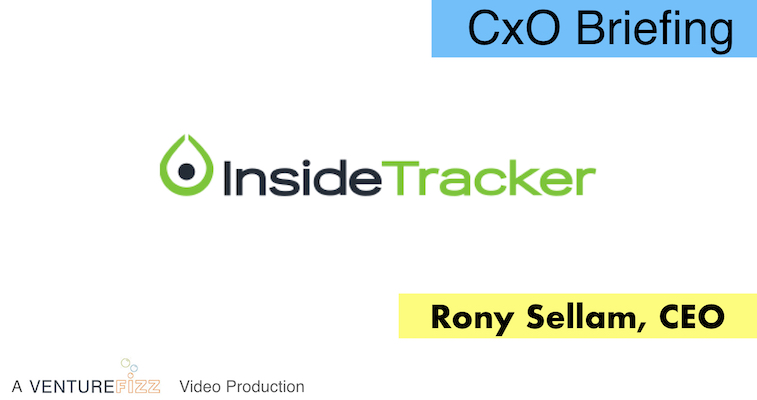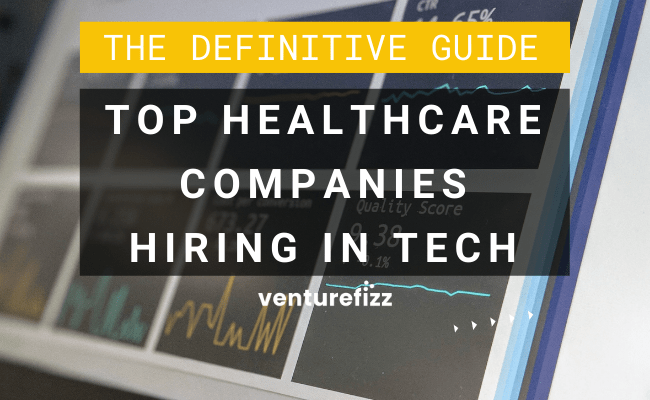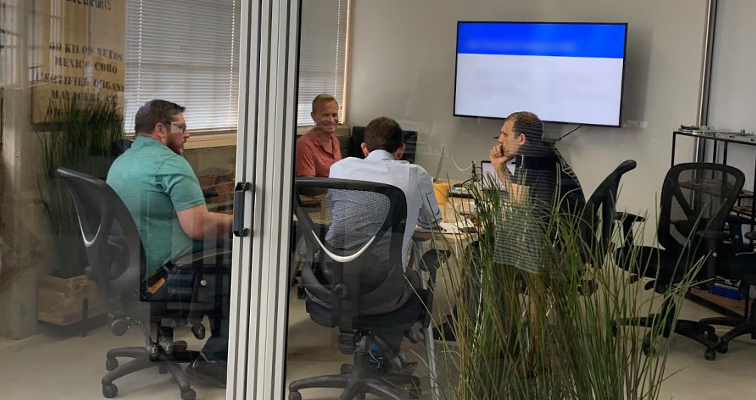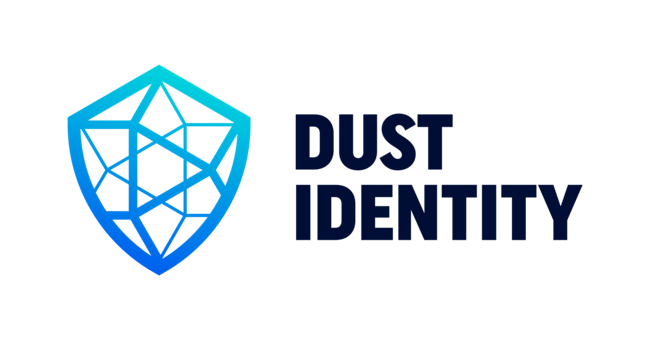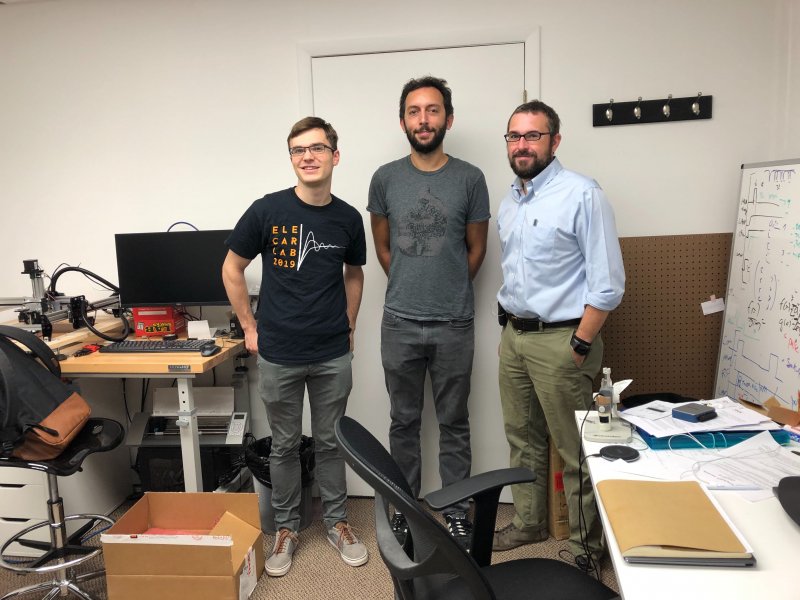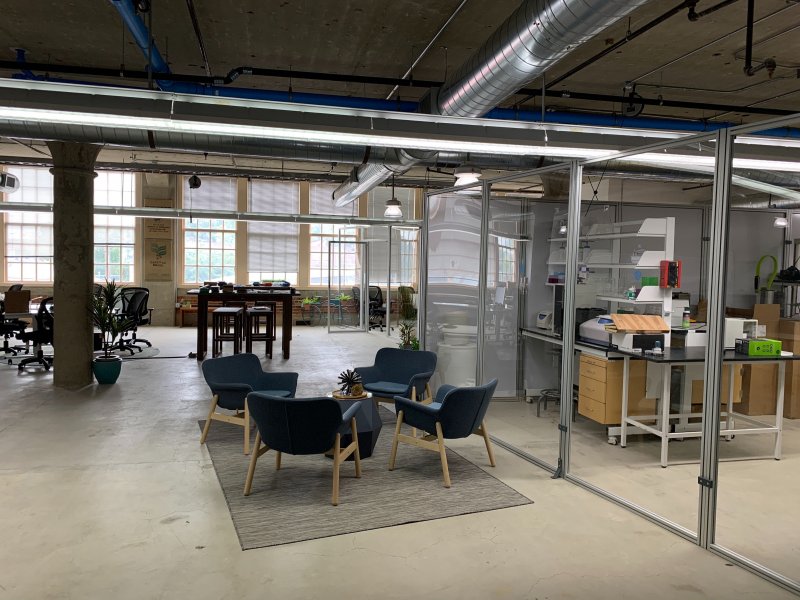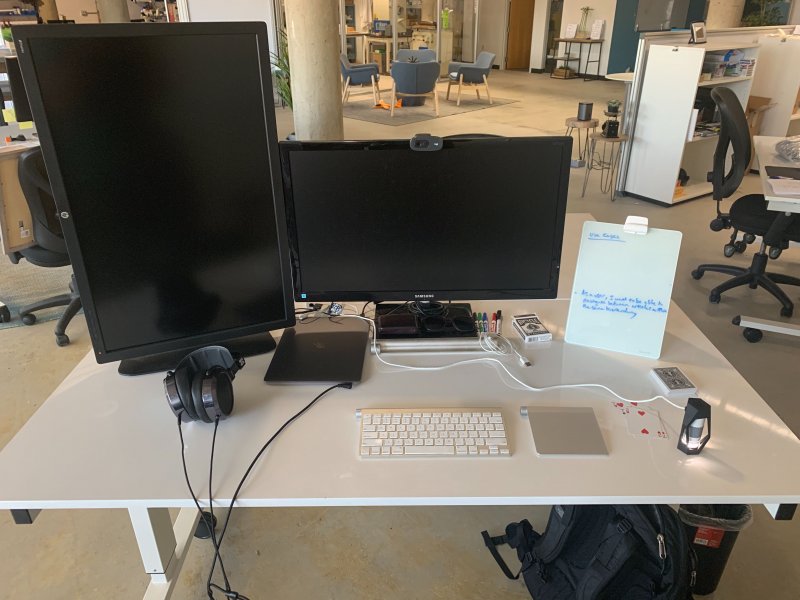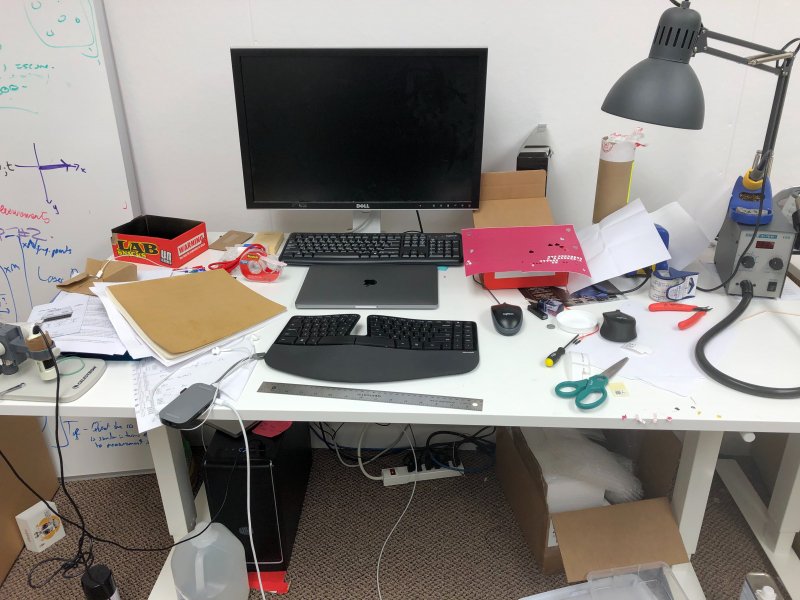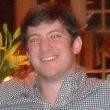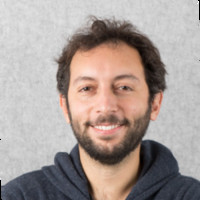Maria Manrique has spent much of her career in technology, though she didn’t necessarily intend for that to happen. Manrique’s skill set lies in helping companies scale and drive growth, and in Boston, roles that need those skills are more likely than not in tech companies. She's now the Chief Financial Officer at O'Reilly, which provides technology and business training and insights to help clients manage economic and technological shifts, through its online learning solution and extensive conference program.
Manrique began her career as an engagement manager at McKinsey & Company, then spent six years at Fidelity Investments in both Boston and Paris. Her first CFO role was at ecoATM Gazelle, a company that provides an international network of recycling and payment kiosks for electronic devices. She’d been at Toast as its vice president of finance and administration for about a year prior to moving to O’Reilly.
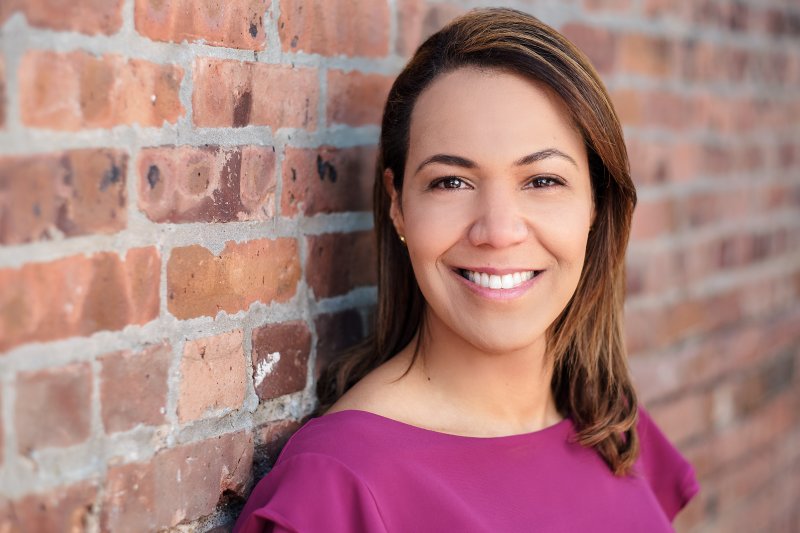
Not only did the role offered to her come with strong leadership responsibilities; it also played directly to Manrique’s strengths of business scaling and development. “Some of our major customers are based in the Northeast, and the company was looking to have an executive presence in the Boston office,” Manrique explained. “I jumped at the opportunity.”
Manrique’s previous employers had been largely private equity backed or VC backed, while O’Reilly is a privately held company. The switch offers a unique management challenge for her. “There are different financial targets and growth goals that need to be managed within existing resources,” Manrique said. “A privately held company is not necessarily interested in fundraising externally, so there are growth goals that need to be met within stricter guardrails.”
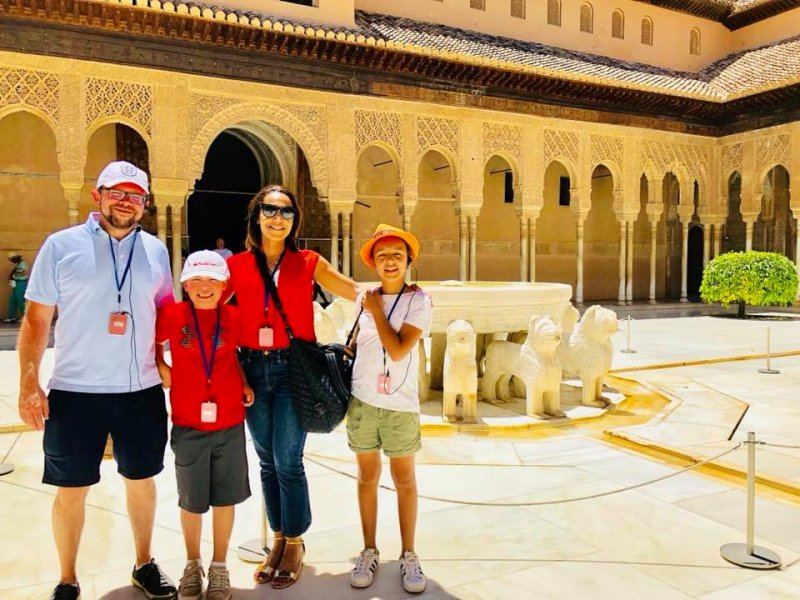
Manrique welcomes the puzzle of growing O’Reilly within those parameters. She does this by helping oversee almost all aspects of the company’s Boston operations, including legal, sales operations, and human resources, for which she has a particular soft spot. In partnership with the heads of each division, Manrique helps ensure O’Reilly is meeting its strategic goals.
Outside of work, Manrique is heavily involved with Casa Myrna, a nonprofit in Boston’s South End that works to end domestic and dating violence by providing women with resources and safe spaces. She counts this work, along with the ability to raise her children in an intergenerational household, among her greatest accomplishments so far.
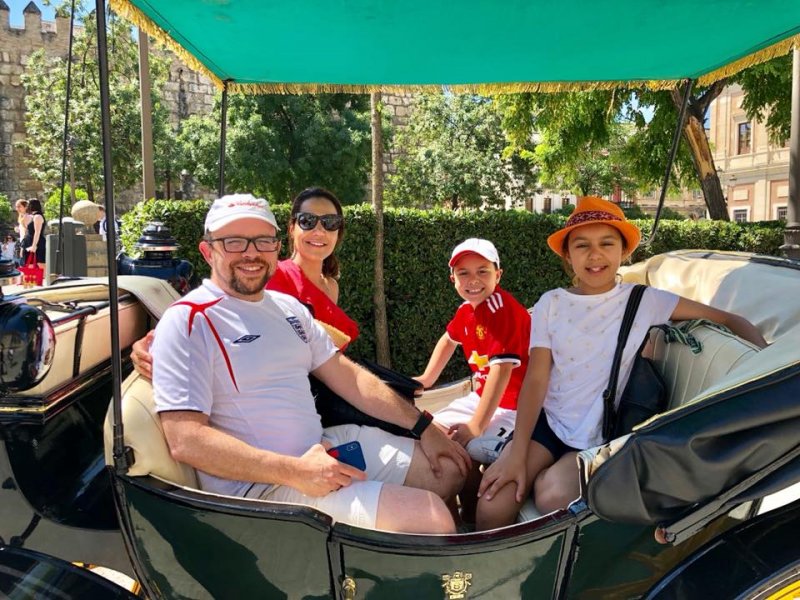
Looking forward in her professional career, Manrique is committed to helping O’Reilly continue growing and maintaining its strong brand presence while she continues to be a valuable member of the executive team.
“I’m proud to be part of the company’s history of financial stability and financial strength that allows us to make investments that are all self-funded,” Manrique said.
Quick q(uestions) and a(dvice)
What do you enjoy doing in your free time?
I’m an avid reader, and I love keeping up with the latest and greatest books. I try to find time for that, especially during my commute. I enjoy being a part of my kids’ activities, so a lot of my time is spent supporting them in their interests. My husband is a talented artist, while artistically challenged myself, I enjoy his love of art and visiting local art installations.
What are your strategies for managing stress?
This is a work in process for me. I do my best to plan for the madness, both at work and at home. I feel like having a solid plan is a good start. It’s also important for me to share the wealth in terms of responsibilities and leadership opportunities—that way I can give additional experiences to my team but also delegate and take things off my plate. The same goes at home, having my kids step up and help. My husband is an amazing partner, and home tasks are very much divided 50/50—maybe he might argue 60/40! My parents provide an incredible amount of support and I can’t tell you we would manage without them.
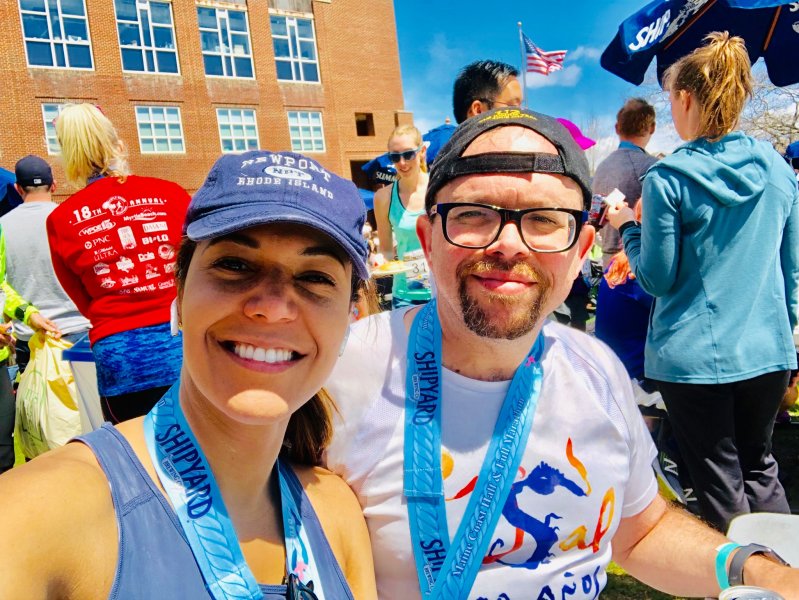
How many cups of coffee do you have in a day?
I’m sipping on my third of the day right now, so too many! I enjoy reading articles that talk about the benefits of coffee because I drink so many cups—maybe three or four daily.
What’s one of your favorite places in the Boston area?
The Back Bay has to be my favorite. I love all of Boston, but Back Bay is the neighborhood where I lived as a newcomer to Boston and as a student, so it brings back a lot of memories of why I chose Boston as my home.
What’s one of your proudest accomplishments?
I'm very proud to live in a multigenerational household where everyone's goals and aspirations are supported. My husband and I have successful careers we love, my kids are happy and thriving at school and outside of school, and my parents get to enjoy their retirement and live with their grandchildren in a wonderful place, Massachusetts. I didn't have that growing up, and always dreamt of it, so I’m proud that we’ve been able to create it, as a team.
Another accomplishment I’m proud of is joining the board of Casa Myrna, the largest provider of shelter services for domestic violence survivors in Massachusetts. I’m proud to be part of their efforts to continue doing the amazing work they do in the Boston area.
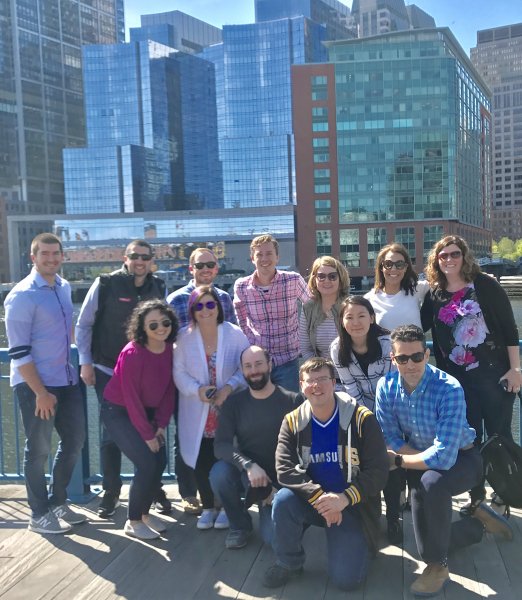
How does where you are now compare to where you saw yourself 10 years ago?
This is above and beyond my expectations. I love my job, I’m involved with the community, I’m involved at home, and I’m incredibly happy and grateful for where I am. Hard work, having access to incredible educational and work opportunities being in Boston and in fast-growth technology businesses have played a key role. My role at O’Reilly is a dream CFO position supporting an accomplished, fun and talented team.
What’s your advice for a recent college graduate?
Don’t pass on opportunities that might not be a perfect fit at first, because they can open other doors. People should aspire to be in roles they’re passionate about and feel are a good fit for their skills, but there’s nothing wrong with trying something that might not be perfect at first. That’s how I got to most of the jobs I’ve had, and I think they’ve been my best roles, you can mold a role or project to what you want it to be. Keep an open mind in terms of opportunities that open up and jump on the ones you think you’ll be able to get the most out of, even if they’re not what you expected.
Samantha Costanzo Carleton is a Contributor to VentureFizz. You can follow her on Twitter @smcstnz.

